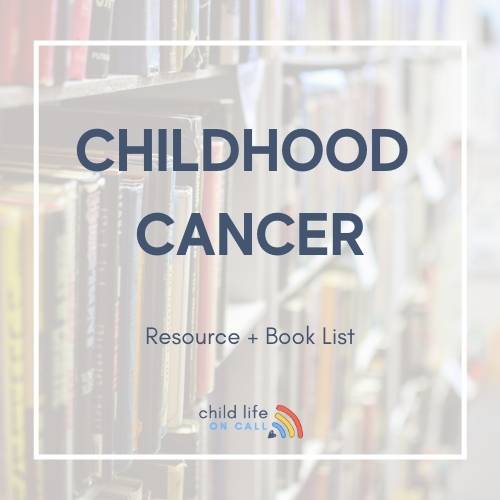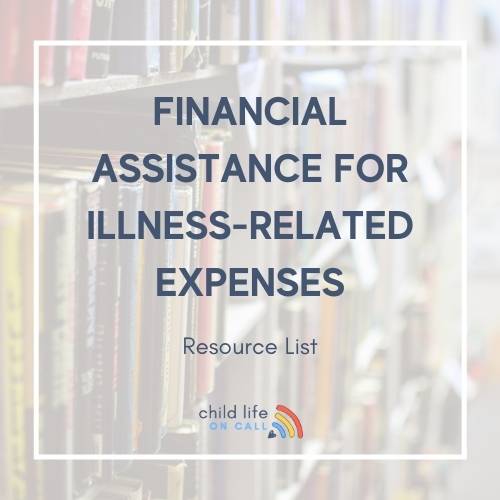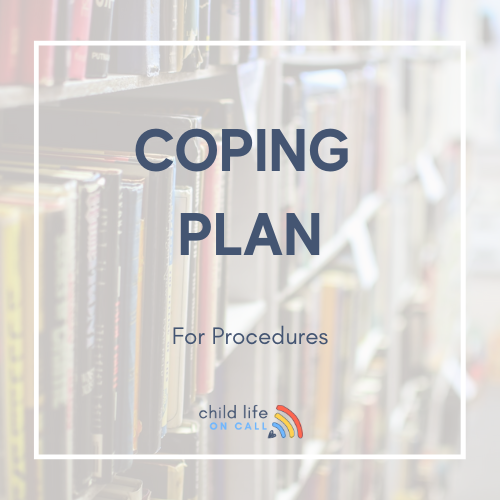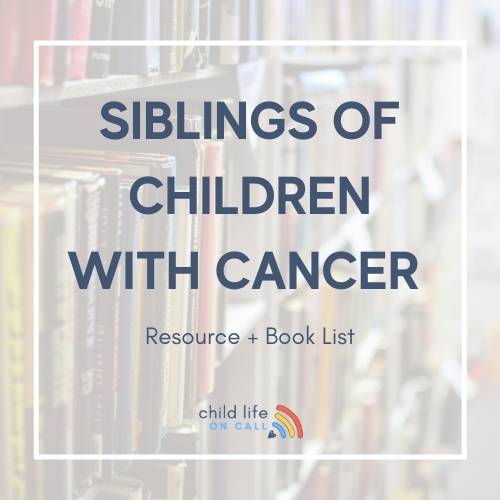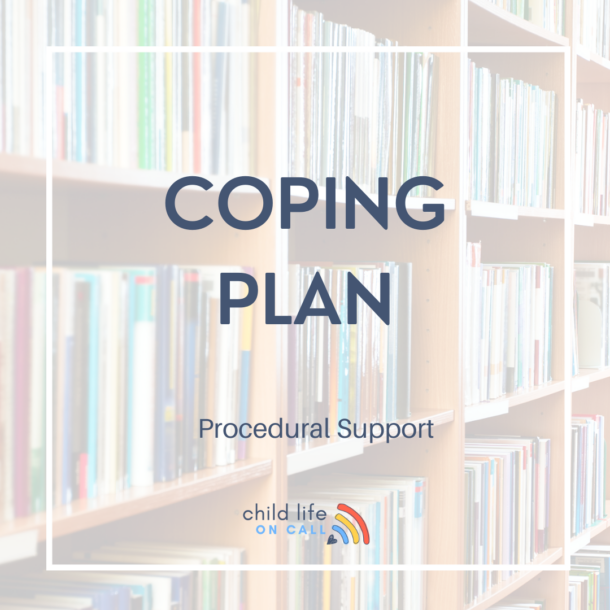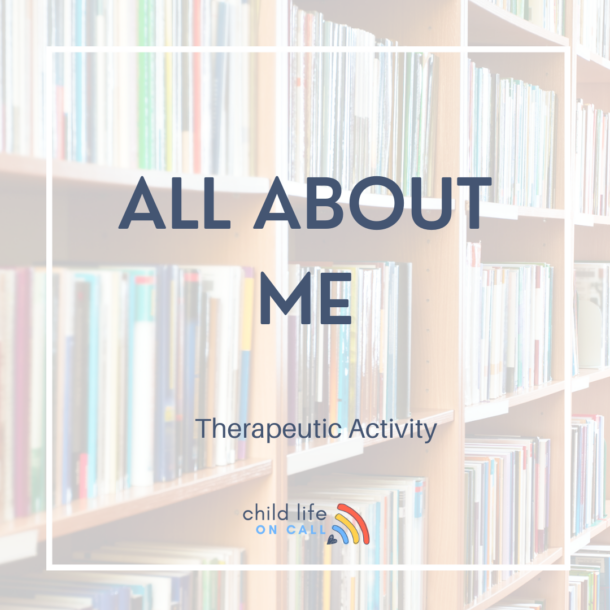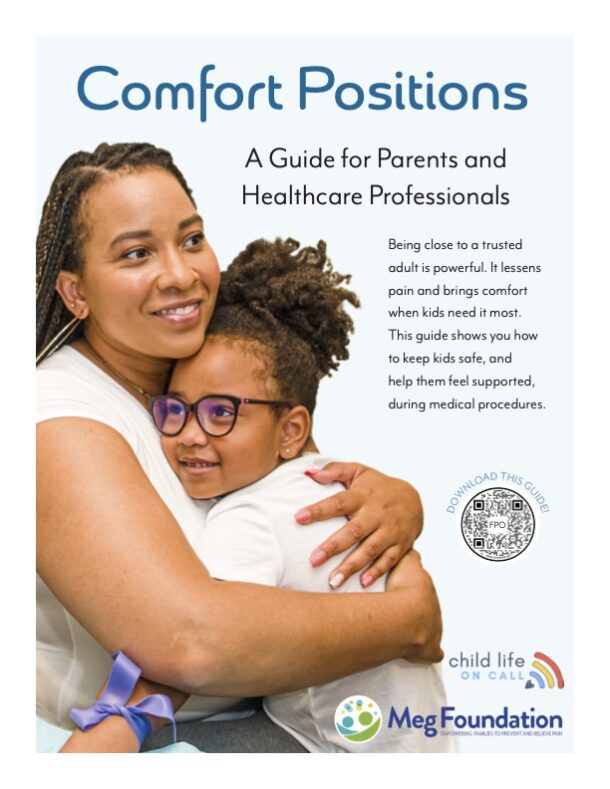Child Life is a field of healthcare that focuses on the emotional, social, and developmental needs of children and families during medical experiences. Child Life specialists are trained professionals who use play, education, and other techniques to help children cope with medical procedures, manage pain, and promote healing. They’re an integral part of the healthcare team, working to support children and families from diagnosis through treatment and recovery.
What do child life specialists do?
- Child Life is a specialized field within healthcare that focuses solely on the needs of children and families.
- Child Life specialists are experts in child development, child psychology, and family dynamics.
- They use play, art, music, and other techniques to help children understand their medical experiences and express their feelings.
- They provide education and preparation for medical procedures, as well as support during and after those procedures.
- Child Life specialists work in a variety of settings, including hospitals, clinics, and private practice.
Why is play an essential component of child life services?
“Play provides a positive and normalizing experience for children, helping them to maintain a sense of control and mastery over their environment.” (Parker, 2018)
Play is a natural way for children to learn, explore, and express themselves. Child Life specialists use play as a tool to help children cope with the stress and anxiety that can come with medical experiences. Play allows children to work through their fears and feelings in a safe and supportive environment.
These are some of my favorite medical play toys for in and out-of-hospital play.
Family Centered Care and Child Life Services
Family-centered care is a model of healthcare that recognizes the importance of the family in the care of a child. It involves the active participation of the family in decision-making and care planning, and aims to support the emotional, social, and developmental needs of both the child and the family.
Child life specialists play a crucial role in family-centered care. They work with the family to identify their needs and concerns, and develop strategies to address them. They provide emotional support to both the child and the family, and offer resources and information to help the family cope with the stress of the medical experience. They also facilitate communication between the family and the healthcare team, and advocate for the family’s needs and preferences.
Overall, family-centered care is a critical aspect of the child life profession, and child life specialists are instrumental in providing support and resources to families during a difficult time.
How do you become a Child Life Specialist?
According to childlife.org, to become a Certified Child Life Specialist (CCLS), one must meet the following requirements:
- Hold a bachelor’s or master’s degree in child life, child development, or a related field
- Complete a minimum of 10 college-level courses in child life or related fields
- Complete a 600-hour child life clinical internship under the direct supervision of a CCLS
- Pass the Child Life Professional Certification Exam
- Adhere to the Code of Ethics and Professional Standards set by the Child Life Council.
After completing these requirements, individuals can become Certified Child Life Specialists (CCLS) and can work in a variety of healthcare settings to support children and families during medical experiences.
Where do child life specialists work?
Child life specialists work in a variety of settings where children and families are experiencing stress related to healthcare. These settings may include hospitals, pediatric clinics, hospice care, and other healthcare facilities. Child life specialists may also work in non-clinical settings, such as camps for children with medical conditions, nonprofit organizations that support families of children with medical needs, and private practice.
The recently published textbook, The Role of Child Life in Community Settings, compiles chapters from child life specialists working in alternative settings beyond healthcare.
Link to view and purchase the text book.Why Should Hospitals invest in Child Life Services?
Hospitals should invest in child life programs because they have been shown to provide numerous benefits for patients, families, and healthcare providers. Research has demonstrated that child life interventions can significantly reduce children’s anxiety and stress levels before and during medical procedures (Blount et al., 2008; Hildenbrand et al., 2011).
Child life programs have also been found to improve patients’ pain management and overall satisfaction with medical care (Gorter & Vrijmoet-Wiersma, 2015). In addition, child life specialists have been shown to reduce healthcare costs by decreasing the need for sedation during procedures and reducing the length of hospital stays (Heidi & Marie, 2016).
Furthermore, investing in child life programs can improve staff satisfaction and retention rates. A study by Rode et al. (2014) found that healthcare providers who worked with child life specialists reported feeling more competent in their ability to provide care to children and families. Additionally, staff turnover rates were lower in units that had child life programs, which can help hospitals save on recruitment and training costs (Sachs et al., 2017).
Despite the proven benefits of child life programs, there are still challenges to implementing and sustaining them in healthcare settings. These include limited funding and resources, lack of understanding about the role of child life specialists, and inadequate diversity and representation in the field. However, investing in child life programs can ultimately lead to improved patient outcomes, increased staff satisfaction, and cost savings for hospitals.
Challenges and Barriers in the Field
One of the biggest challenges facing the child life profession is the lack of diversity among practitioners. Currently, the field is predominantly made up of white, female professionals, which can create barriers for children and families from diverse backgrounds. Child life specialists recognize the importance of diversity and are working to increase representation through initiatives such as mentorship programs, scholarships, and outreach efforts to diverse communities. It’s crucial for the child life profession to continue to prioritize and prioritize diversity in order to provide the best possible care for all children and families.
In addition to the lack of diversity in the field, child life specialists also face other challenges. One significant challenge is the limited resources and funding available for child life programs in hospitals and healthcare facilities.
This can impact the number of child life specialists employed and the services they can provide. Another challenge is the emotional toll of working with children and families who are experiencing medical trauma. Child life specialists must be prepared to support children and families through difficult procedures, diagnosis, and end-of-life care.
Despite these challenges, child life specialists remain committed to providing the best possible care and support to children and families in medical settings.
Wrapping it Up
Child Life is a growing field, and its importance in healthcare continues to be recognized. By addressing the emotional, social, and developmental needs of children and families, Child Life helps to improve outcomes and promote healing.
We hope this gives you a better understanding of what Child Life is and the important role that Child Life specialists play in healthcare. Stay tuned for more episodes of our Child Life 101 series, where we’ll explore different aspects of this fascinating field.
Sources:
Blount et al., 2008: Blount, R.L., Corbin, S.M., Sturges, J.W., Wolfe, V.V., Prater, J.M., & James, L.D. (2008). The relationship between adults’ behavior and child coping and distress during BMA/LP procedures: A sequential analysis. Behavior Therapy, 39, 207-220.
Hildenbrand et al., 2011: Hildenbrand, A.K., Clawson, K.J., Alderfer, M.A., & Marsac, M.L. (2011). Coping with pediatric cancer: Strategies employed by children and their parents to manage cancer-related stressors during treatment. Journal of Pediatric Oncology Nursing, 28, 344-354.
Gorter, R.R., & Vrijmoet-Wiersma, C.M. (2015). Anxiety and quality of life of children with cancer and their parents: The need for early psychosocial interventions. European Journal of Oncology Nursing, 19(1), 1-5. doi: 10.1016/j.ejon.2014.07.005
Stelter, R. L., Phillips, J. D., Bloch, J. R., & Davis, T. D. (2013). The impact of a child life intervention on the use of sedation during pediatric echocardiograms. Pediatric Cardiology, 34(3), 582-587. https://doi.org/10.1007/s00246-012-0531-6
Kuo, D. Z., Houtrow, A. J., Arango, P., Kuhlthau, K. A., Simmons, J. M., Neff, J. M., & Goudie, A. (2012). Family-centered care: Current applications and future directions in pediatric healthcare. Maternal and Child Health Journal, 16(2), 297-305. https://doi.org/10.1007/s10995-011-0755-9
Blount, R. L., Corbin, S. M., Sturges, J. W., Wolfe, V. V., Prater, J. M., & James, L. D. (2015). The impact of child life services on the anxiety levels of pediatric patients undergoing outpatient procedures. Journal of Child Health Care, 19(3), 343-350. https://doi.org/10.1177/1367493513517188
Owens, C., Harrison, T. M., Edwards Lowman, E., & Stirling, J. (2016). Diversity in the field of child life: Results of a national survey. Journal of Child Life and Health Care, 20(1), 1-13.

